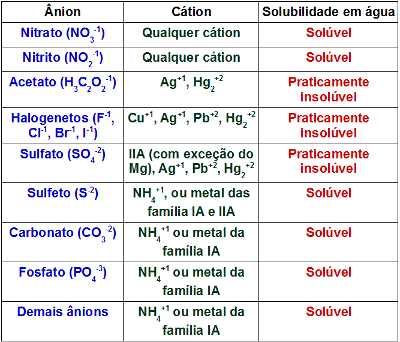We know that there are an infinite number of living beings on the planet and each one receives a popular name according to the region where it is found. Think how impossible it would be for all researchers in the world to exchange information about a living thing if each one gave it a different name.
Thinking about that, Carl von Linné, also known as Lineu for us, Brazilians, presented, in 1735, a book called Naturae System, where he proposed a way to classification for living beings, as well as rules for biological nomenclature.
Mind Map: Binomial Nomenclature

* To download the mind map in PDF, Click here!
The rules proposed by Linnaeus caused a standardization in the writing of the names of the species to occur in order to avoid confusion when talking about an organism for people from different regions.

Manihot esculenta is the scientific name of cassava, also called cassava and cassava
Rules for writing species names
The rules proposed by Lineu are still used, however with some modifications. See below some of the rules used for writing species names.
- All scientific names must be written in latin or latinized.
- Every scientific species name is composed of two names (hence the name: binomial nomenclature). The first name must have its initial capital and refer to the gender. The second name is the specific epithet and must be written with a lowercase initial.

Note that the species name is formed by the genus and the specific epithet. Zea mays is the scientific name of corn
- Subspecies will have trinomial nomenclature. Example: Papilio thoas brasiliensis.
- Subgenres are indicated in parentheses. They must also be written with the initial capital. Example: Thais (Stramonite) haemastoma.
- The names of the species must be highlighted in the text, preferably in italics. In cases where italics cannot be used, names may appear underlined. The important thing is to make it stand out from the rest of the text. Example: Solanum tuberosum or Solanumtuberosum.
- When quoting the author, it must come right after the species name, written in normal letters and with no punctuation between the species and it. Example: caryocar brasiliense Cambess.
- When citing the year of the first publication, it must be separated from the author by a comma. Example: Apis mellifera Linnaeus, 1758.
By Ma. Vanessa dos Santos
Source: Brazil School - https://brasilescola.uol.com.br/biologia/nomenclatura-binomial.htm

